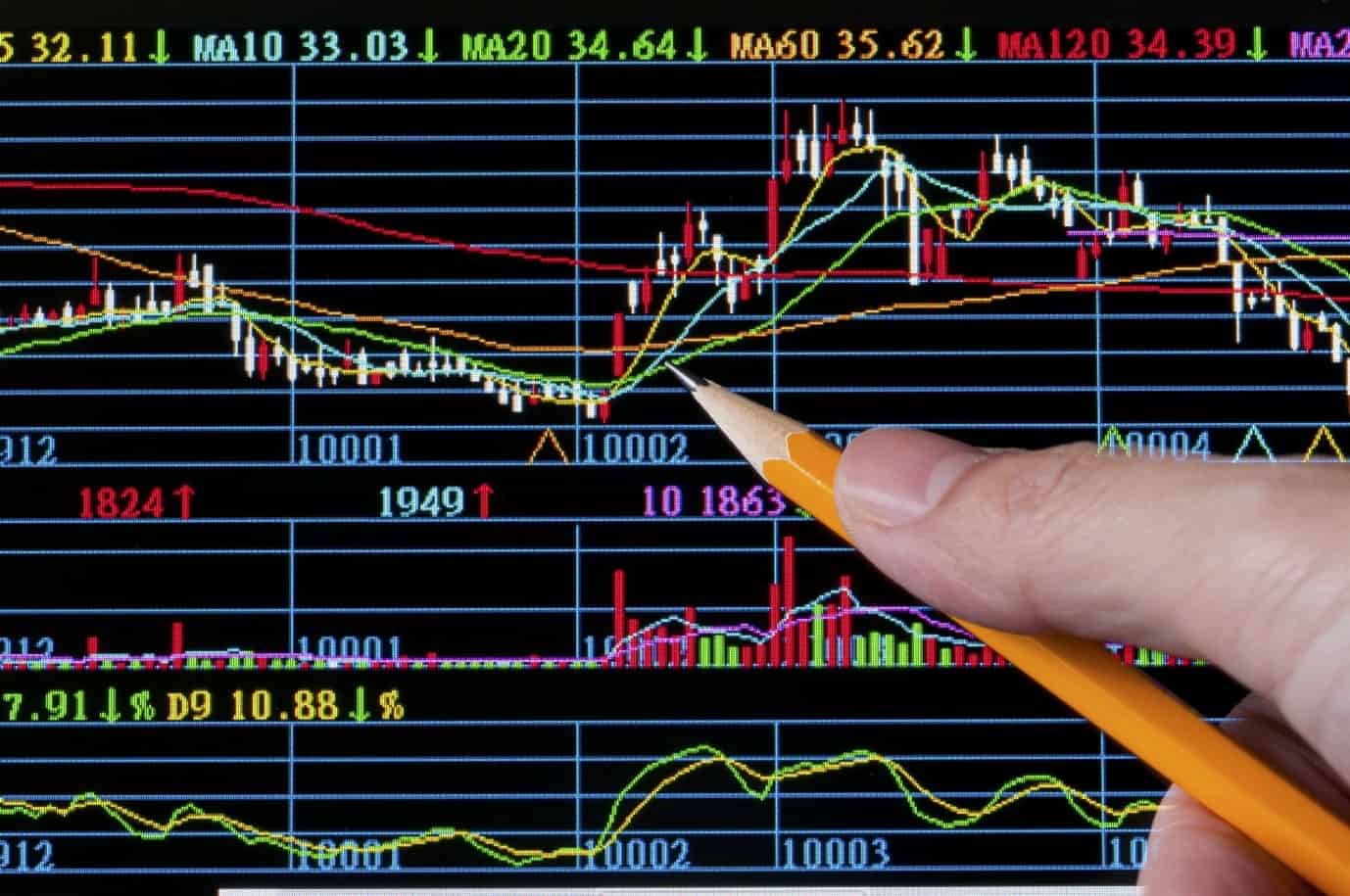
CFD allows investors to speculate on various financial instruments such as stocks, indices, commodities, and currencies, and it is a popular trading product. It can be a profitable activity when executed correctly, and understanding how to trade with the trend is one essential skill for any successful CFD trader.
This article will explore some critical facts about CFD trading with the trend you should know before entering the market.
Table of Contents
What Is Trend Trading?
Trend trading is a strategy involving taking positions in line with an underlying price movement identified by technical or fundamental analysis. Traders using this strategy will buy when the price is rising and sell when it is decreasing.
What Are The Benefits Of Trend Trading?
Trend trading has many advantages, including a reduced risk of losses compared to other forms of investing. Additionally, traders can benefit from increased liquidity due to the sheer volume of orders placed in line with the prevailing market trend. Finally, trend trading can be incredibly profitable if done correctly, as traders have the potential to capitalise on significant gains due to successful market timing.
What Types of CFD Instruments Are Best For Trend Trading?
CFDs offer investors various underlying assets that can be used for trend trading strategies. The most popular instruments include stocks, indices, currencies, and commodities.
How Do I Identify A Trend?
Analysing price charts is one of the most effective methods for identifying trends in the market. By looking at historical data, traders can identify both short-term and long-term movements in the markets and use this information to help inform their trading decisions.
Other indicators such as moving averages, support and resistance levels, and volume analysis can also provide essential insights into the direction of a particular asset’s price action.
What Are Some Common Mistakes CFD Traders Make When Trading With The Trend?
One mistake many CFD traders make when trading with the trend is that they enter too late or exit too early from positions due to a lack of patience. This can cause traders to miss opportunities and incur unnecessary losses as the trend reverses. Additionally, it is essential to refrain from overtreating or using excessive leverage when trading with the trend to protect capital.
What Is The Best Timeframe For Trend Trading?
The best timeframe for trend trading depends on several factors, including an investor’s risk tolerance and the underlying assets being traded. Generally speaking, shorter-term trends, such as those seen intraday, are more suitable for active traders. In contrast, longer-term trends, such as those seen over weeks or months, are better suited to more patient investors who have time to wait for more significant profits.
How Do I Set Stops And Limits When Trading With The Trend?
Setting stops and limits is an essential part of trading with the trend, as it helps to protect capital and provide a greater degree of certainty when taking positions in the market. Generally speaking, stops should be placed slightly below support levels, while limit orders should be placed slightly above resistance levels to take advantage of breakouts or reversals.
What Indicators Are Helpful For Trend Trading?
Indicators such as moving averages, support and resistance levels, volume analysis, and Bollinger Bands can all be helpful when it comes to identifying trends in the markets. Additionally, traders may use oscillators such as RSI or MACD to help confirm whether a particular market is trending.
What Is The Best Way To Manage Risk When Trading With The Trend?
A well-designed money management system is best for managing risk when trading with the trend. This should include setting realistic stop and limit orders, as previously mentioned, and realistic goals for each trade. It can also be beneficial to use various strategies, such as position trading or swing trading, to spread risk across multiple trades and timeframes.
What Are Some Of The Common Mistakes Traders Make When Trend Trading?
One of the most common mistakes traders make when trend trading is overtrading due to overly aggressive entry and exit points. Additionally, many novice traders need to set realistic profit targets, leading to disappointment and frustration when the market does not move in their favour. Finally, many traders also fail to properly manage their risk by trading too large a position or using excessive leverage, which can often result in significant losses.
To That End
Trend trading is a powerful tool that both novice and experienced traders can use to capitalise on market price movements. By understanding the basics of trend trading and utilising various strategies, tools, and indicators, traders can increase their chances of success when making trades.
Additionally, traders must remember to manage risk effectively by setting realistic stops and limits and taking multiple positions across various timeframes. Following these simple guidelines can go a long way towards helping any trader become more successful when trend trading.